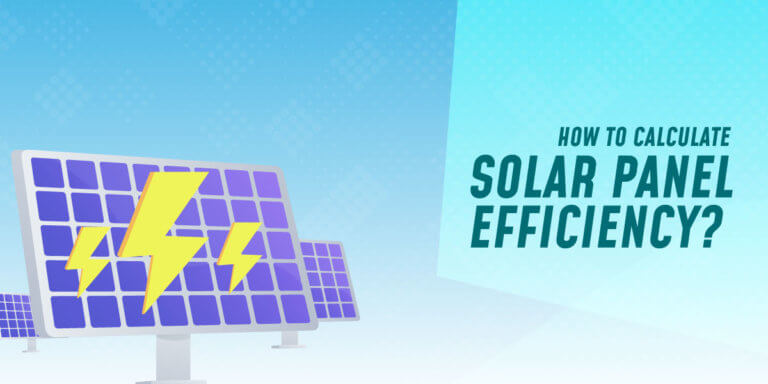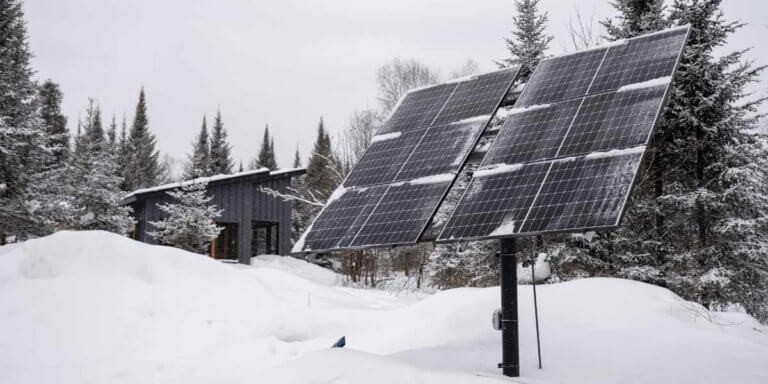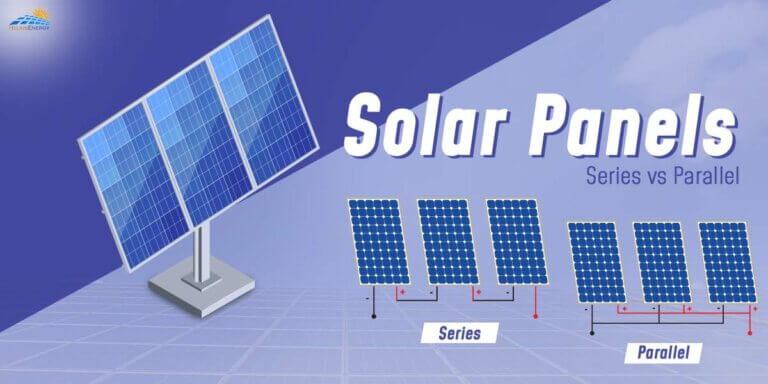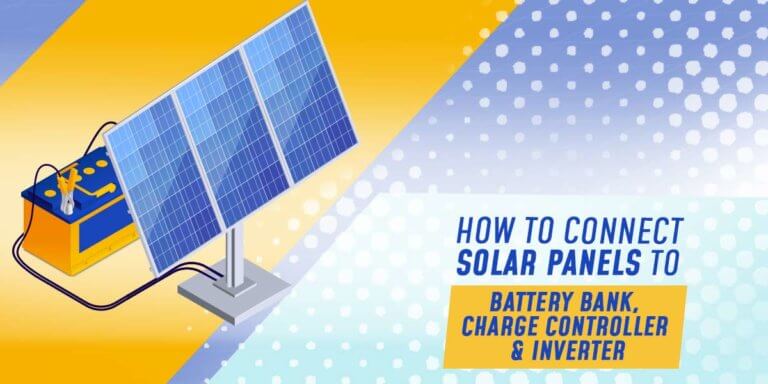Common Solar Panel Problems To Keep In Mind

There is no lack of information when it comes to the advantages offered by solar panels. Environment-friendly? Check. Cost-Saving? Check. Drives property value? Check. But despite its many benefits, solar and renewable energy can invite troubles you never foresaw.
If you are worried about the downsides and potential issues you might face upon installing solar panels, it is best to be prepared for the worst. Below, we have listed the 7 most common solar panel problems that are voiced by solar system owners, both commercially and residentially.
7 Common Problems With Solar Panels
Can knowing the problems help? Definitely, first off, prevention is always better than cure, so if you know the recurring problems with solar panels, chances are that you will also know ways to deal with them, courtesy of the internet and your local solar service provider. Here are the 7 most common solar panel problems:
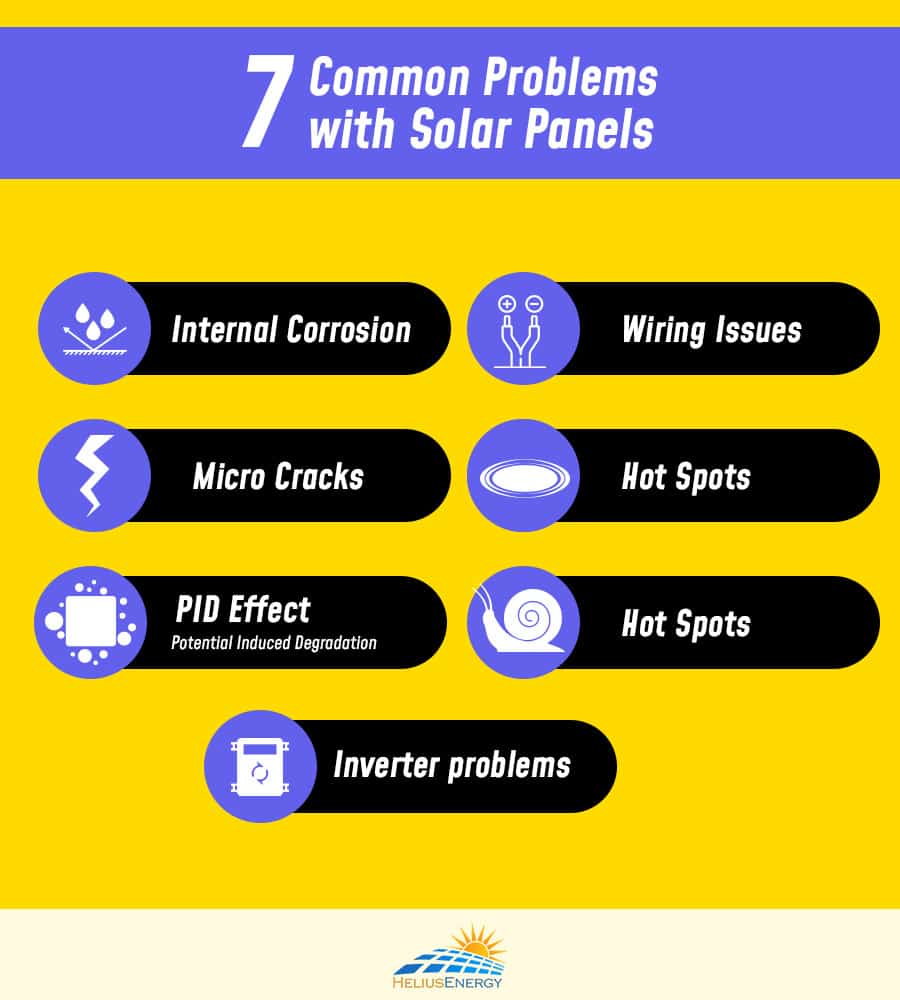
1. Internal Corrosion
If moisture ever finds its way into the solar panel, it can lead to gradual internal corrosion. To avert this issue, ensure your panels are keeping out water and air and that all the solar panel parts are properly laminated under vacuum pressure.
Too much air exposure or even a little water exposure is a bad idea for solar panels, and corroded panels are hardly the most efficient. So, it might help to take better precautionary measures.
2. Wiring Issues
Faulty or old electrical wiring on roofs can stop your solar panels from doing their best, since there might be an interference with the overall electricity production.
It is quite natural for your electrical wiring on the roof to be highly susceptible to loose wiring to avoid it you should test your solar panels with various devices like controller or multimeter to ensure all the wirings are proper. Also, your wires are prone to pests such as rats on roofs that can do damage by chewing up the wiring.
Such electrical issues, when left unattended, can lead to problems with your roof. If worse comes to worst, they can even set your roof on fire. So, ensure that you do everything in your power to mitigate such risks. It is a good idea to have the electricity inspected at regular intervals to ensure all is well. Know that prevention is always better than cure.
If you suspect something may not be right with the electrical wiring, immediately reach out to a licensed electrician and do not attempt DIY electrical work. This can be highly dangerous and result in incorrect work being done. Before your solar panel installation, call an electrician to inspect the electrical wiring to ensure your roof is ready for the switch to solar panels.
3. Micro Cracks
Conventional solar cells can be very fragile. Micro-cracks or tiny cracks appearing on the solar panels are hard to detect with our naked eye. But with the ravages of time coupled with major weather changes, these cracks have the potential to grow larger and gradually become more visible. Once these cracks grow larger, they can disrupt the energy flow in your panel and bring down your system’s overall energy output.
This might occur during conventional PV module production or be caused by careless handling while the panels were shipped or installed. An unforeseen weather calamity like hail can also be the reason behind micro cracks.
Always buy panels from a company that offers the highest quality and testing standards because there is little to be done to fix microcracks. You might just need a full replacement. It is a good idea to buy a panel that can withstand the ravages of all rough elements.
4. Hot Spots
Hot spots can occur if a panel’s energy production pathways are gravely disrupted. If the panel’s energy cannot smoothly flow through to the inverter, it can get overloaded and, in turn, radiate excess heat, making them ‘hot.’ One of the most common global problems with solar panels is that hot spots can bring down your solar panel’s performance and longevity. In some rare cases, they might even make them irreparable.
They can be caused by a plethora of factors, ranging from the accumulation of bird droppings, dirt, partial shading, and structural defects. When the accumulation of dirt is concerned, it is integral to do your part in ensuring proper maintenance and cleaning of solar panels.
If the issue is caused by partial shading or structural defects, purchasing your panels from a high-quality, reputable manufacturer is the best way to avoid these. If your panels develop a hotspot, they might need a replacement entirely.
5. PID Effect
PID or Potential Induced Degradation can occur due to voltage differences between the solar panel and the earthing. Once this happens, the primary power circuit starts producing partial voltage discharge, which might degrade the efficiency and performance of your solar panels and, in turn, lower their lifespan. Luckily for you, a solar professional will be able to help to reverse or avert the problem.
6. Snail Trails
Snail trails refer to the brown lines forming on your solar panels that give off the appearance of snail tracks on the surface of the solar panels. They are a result of moisture build-up in your solar panels, reducing their overall performance, if not causing them to fail prematurely.
Snail trails typically occur in a few years after having solar panels installed. They can be caused by factors such as defective silver paste in the manufacturing of the panels in conventional panel cell architecture or microscopic cracks from some fragile solar panel technology.
The best way to protect your panels against snail trails is to go through a reputable solar panel company with quality products and make sure your solar panel has a proven, long-term warranty. This way, even if your solar panels have any issues, such as snail trails, your panels are taken care of. It is best to get your roof inspected once in 3 to 5 years to ensure all is well. Do not attempt DIY roof inspection if you are not professionally qualified.
7. Inverter Problems
Solar panels need the use of inverters to convert the direct current from the sun to the alternating current that we use in our homes. An inverter is a box usually installed on the upper floor that helps make this conversion of current. With proper care and installation of inverter with solar panels, it can last up to 20 years. Solar users might have to change their inverters every 10 to 15 years.
Conclusion
Over the past decades, solar panels have grown to be an outstanding investment for people looking to be environmentally conscious while saving a few bucks. They provide a raft of benefits to both residential homes and commercial properties. Since they rely on the sun rather than the grid, solar panels help preserve natural resources and reduce the overall carbon footprint.
Solar panels are quite low-maintenance, so if you make up your mind to go solar, you ought to be able to reap the benefits without having to do much in the name of upkeep. That said, nothing is foolproof, and solar panel problems can develop anytime. If you notice anything amiss with how the solar system is functioning, act immediately before they worsen!

